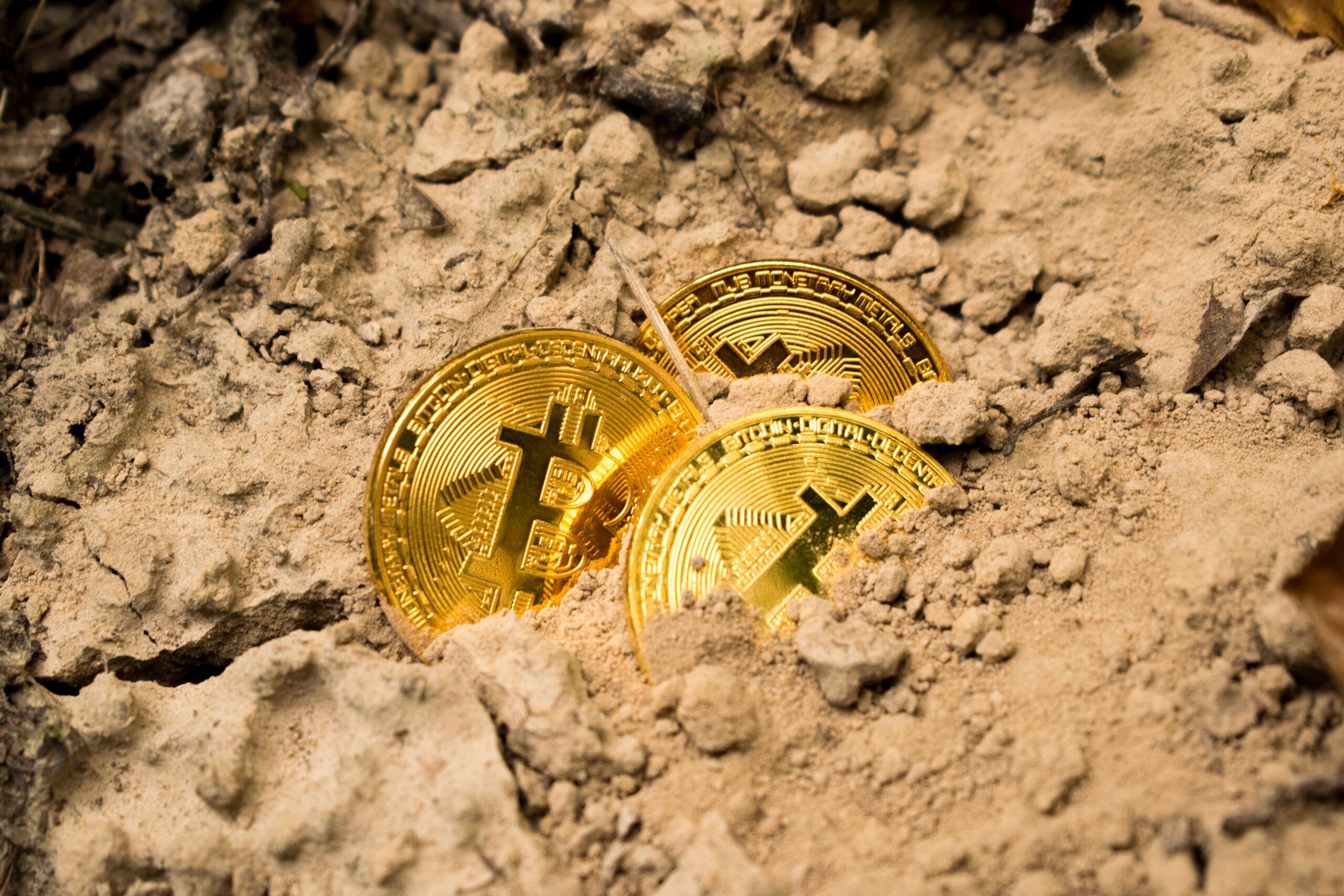What is Bitcoin?
Bitcoin was the first cryptocurrency created. A cryptocurrency is a digital currency or payment system that’s based in cryptography, or complex computer code. Even though cryptocurrencies were designed as payment systems (hence the “currency”), they are more commonly used as assets, or a store of value.
It started in 2009 with an anonymous individual named Satoshi Nakamoto. No one knows who Satoshi is and many suspect it may be a pseudonym for a group of people, and not one person. There’s a great deal of speculation and mystery around his identity.
In the beginning, you had to “mine” Bitcoin by solving complex algorithms. Satoshi set a limit to the number of Bitcoins that can be mined to 21 million, so there’s an element of scarcity involved, much like gold. As of 2020, there are still more than 2 million Bitcoin left to be mined.
While Bitcoin mining still exists, it takes a lot of work and energy (literally — it requires a lot of electricity). Most people prefer to buy or sell Bitcoin on secondary markets. Before we get to that, though, we need to talk about blockchain.
What is blockchain?
The technology that underpins Bitcoins is known as a blockchain. And while Bitcoin made blockchains famous, they have other applications and are used in other cryptocurrencies. Many investors interested in cryptocurrency focus on blockchain technology rather than Bitcoin specifically.
Blockchain essentially blocks of information that are linked together in a public database, called a chain. Essentially, when you make a purchase somewhere that uses blockchain, the identifying elements of that purchase get coded and uploaded to a block. They’re then “verified” similar to how a credit card purchase might be verified, only instead of a credit card processor doing the verification, it’s a network of computers programmed with code. Proponents of blockchain believe this democratizes the process and helps prevent fraud, since it creates a built-in network of checks and balances, so to speak.
The verified transaction gets added to the block, and once there are enough transactions in the block, the block itself gets a code, called a hash, and is added to the chain. Voila! Blockchain.
Keep in mind that while we used a transaction as an example, blockchain technology can also log other types of data, like votes in an election or to track shipments. Many companies, including publicly traded companies, are using blockchain technology already.
Hopefully the information in this article gives you a better understanding of Bitcoin, and cryptocurrencies overall. Remember that each asset has its own blockchain, technology and risk; not all cryptocurrencies are created equal.
All investing involves risk, including loss of principal. No strategy assures success or protects against loss.
Sources: Investopedia Guide to Bitcoin, Investopedia Guide to Blockchain, Bernard Marr & Co., The Next Web, Blockchain Council
